Americans are very fortunate because, with the exception of outliers like Flint, Michigan, clean water is available to citizens from coast to coast. However, for many around the globe, fresh water is a precious commodity which is either rare or extremely hard to access. Many of these places are also coastal, so desalination, the removal of salt and minerals from a substance, has been proposed by scientists as a plausible way to secure a fresh water source. Typically, these are nuclear plants; they become a huge undertaking for communities and end up producing enough hazardous waste materials that the costs outweigh the good they produce.
One of the ways scientists are fixing this problem is through solar energy. Using solar power to clean drinking water is an exciting prospect that, if properly implemented, could result in safe drinking water becoming readily available for a low price. This week’s blog will explore the possibilities of using solar energy to create safe, fresh water for people the world over and the pros and cons to implementing these systems.
HISTORY

The process of creating clean water with solar energy is called solar desalination. A solar desalination plant uses solar energy to desalinate seawater, making it more suitable for human consumption. This solar powered water cleaning process generates heat and evaporates the water, leaving the salt and impurities behind. There are plenty of solar desalination plants throughout the world today. Pakistan, Kuwait, and Greece all boast solar desalination plants, and Saudi Arabia is jumping on the bandwagon with plans to open their state-of-the-art plant set for this year. However, the practice is actually centuries old, with evidence of solar power being used to create fresh water dating back to early Greek and Persian seafarers. The first patent in the United States, however, did not exist until 1870. Eventually, the government saw potential in the idea of solar energy converting previously unsanitary water into a sterile option and in the 1950s the Office of Saline Water was charged with the task of researching and developing processes for desalination.
METHODOLOGY
There are two basic types of solar desalination: single phase and phase change, or multi-phase. Single phase solar desalination involves using solar energy to create electricity which then drives a pumping mechanism to clean the water. Multi-phase distillation can be accomplished through either direct or indirect solar distillation. The most commonly used water desalination process that uses solar energy is multiphase flash distillation. This involves “flashing” salt water, converting it to steam through a series of stages. This type of solar desalination produces around 60% of the world’s desalinated water currently.

PROS AND CONS OF SOLAR DESALINATION
There are many positive aspects of using solar energy for water desalination. Firstly, the energy is natural as opposed to nuclear desalination (another common process). Another positive aspect is the lack of waste materials in the process. Other types of water desalination can produce plenty of waste materials which end up either polluting landfills or the ocean itself. Solar desalination only has one waste material, and that’s heat. Unfortunately, there are downsides to having heat in excess in areas where solar desalination plants are abundant. Because these places are typically already hot, extra heat waste can be detrimental to the climate of the area and the global climate. Scientists are proposing new measures to reduce pressure in water reservoirs over solar desalination plants in the hopes that less heat waste will be produced. Creating clean water is becoming more accessible around the world as advances in solar desalination projects continue. Now, fresh, drinkable water can be produced for people all over the world who previously had little or no access to it.





